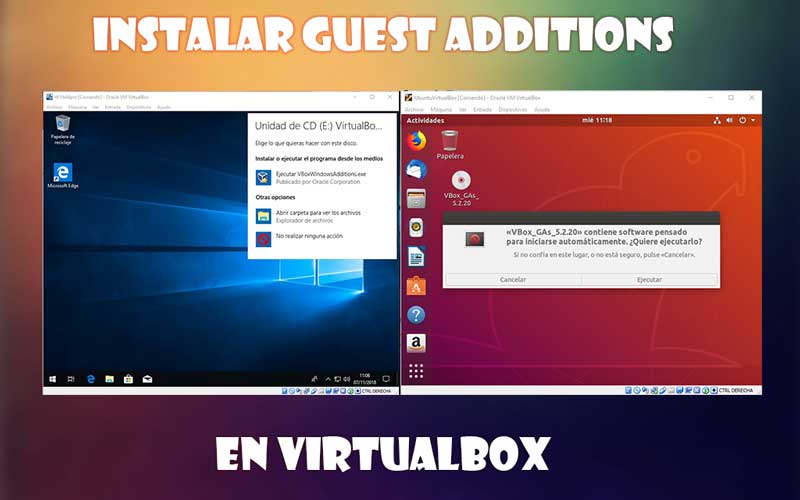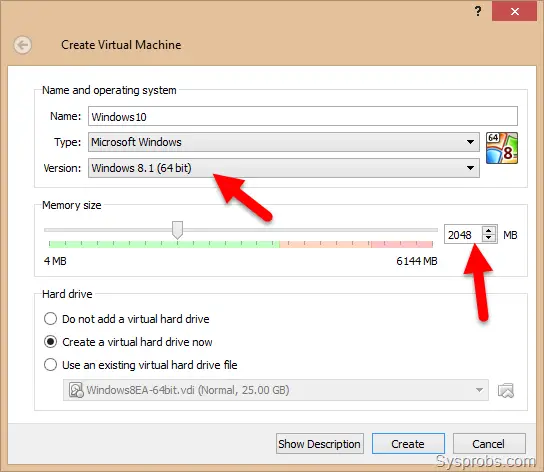

We do not install ‘Guest Additions’ in the OS or add any kind of stuff, read our privacy policy. Here you can follow the guide how to attach/configure VDI image with VirtualBox. You can check FAQs for Credentials( Username & Password) for VDI images. At the moment we have plans to offer you 30+ Linux/Unix distributions, we may add more to our list in near future, you can also send us suggestions if we are missing any popular distribution from our list. We offer images for both architectures 32bit and 64bit, you can download for free for both architectures. From here you can download and attach the VDI image to your VirtualBox and use it. This article is tested in Fedora 36 and Fedora 37, although it should work just fine for other versions/distros.įinally, let me know in the comment box if you face any errors while installing it.We offer open-source (Linux/Unix) virtual machines (VDIs) for VirtualBox, we install and make them ready-to-use VirtualBox images for you. For Ubuntu, the instructions should be the same. In this tutorial, I have shown you how easily you can install guest additions in Fedora and other related distros.

Sudo dnf install kernel-devel kernel-headers reboot

So, to do that, open a terminal in the guest system and run the following commands. To solve this, you must install the Kernel build helper packages in the guest system.But if your guest machine’s Kernel version differs from the host machine, you may get the error “Kernel Headers not found for target Kernel”. The above method will work when your guest and host – both Kernel version is the same.Fixing “Kernel Headers not found for target Kernel” error.Share folders and other options Troubleshooting Here’s an example image for your reference. After boot up is complete, go to the VirtualBox menu and select Devices > Insert Guest Additions CD Image.Open VirtualBox in the host system and start Fedora virtual machine.These instructions assume that you have installed a guest Fedora system in VirtualBox. Installing VirtualBox Guest Additions on Fedora (with RHEL, CentOS, etc.) Bi-directional clipboard to achieve seamless cut/copy & pasteĪfter you install VirtualBox in Fedora, RHEL or CentOS, you should definitely install Guest Additions.Here’s some of the cool features of Guest Additions. For example, if you want to share folders, drag and drop a from from host to guest and so on.

Oracle’s VirtualBox provides a set of device drivers and apps which helps to achieve data and other communication between guest and host system. And the host system is where you install the VirtualBox application. When you install Linux on a virtual machine, it is often designated by the guest system. The most simple way to install VirtualBox Guest additions in Fedora and related distros.


 0 kommentar(er)
0 kommentar(er)
